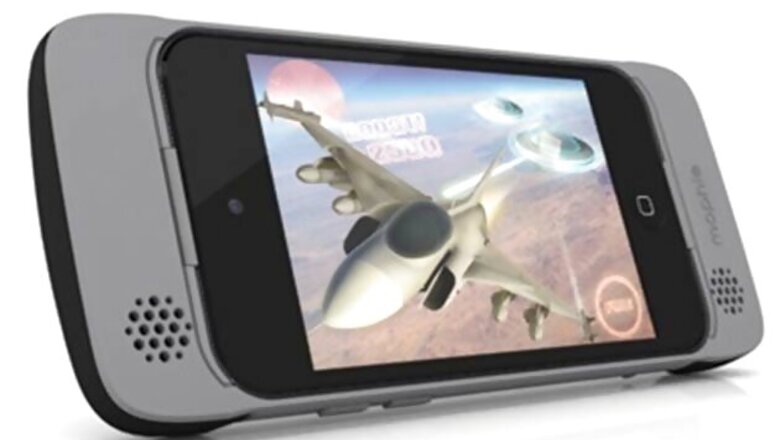
views
Las Vegas: Sure, today's phones can deliver the sound of a heartbeat. But how would you like to actually feel the throbbing?
A few companies want to replace the crude vibration motors in today's phones and tablets with something that provides a much wider range of sensations, allowing you to feel the rumble of a Harley or the reverberation of a shotgun blast. The new technology can even let you feel the outlines of a button on the screen.
At the International Consumer Electronics Show, the gigantic gadget conclave in Las Vegas this week, a company called Artificial Muscle Inc. demonstrated how it can make mobile devices shake and rattle with great realism, employing a technology that uses plastics that function like muscles.
The company showed off an iPhone it had modified by placing one of its Vivitouch "motors" inside. The phone shook as it ran a simple ball-rolling game. The plastic muscle provided the feeling not just of the ball hitting the walls of a maze, but of the slight vibration it made while rolling freely across the floor.
When it was used for typing, the phone gave a buzzing sensation that confirmed each press of the virtual keys.
In another demonstration, a Vivitouch motor shook a modified Xbox controller to allow the user to feel what it's like to hold a beating heart. In another instance, it let the user experience the signature rumble of a Harley-Davidson motorcycle starting up.
The vibration engines that go into today's phones and game controllers consist of an electric motor that spins a metal weight. They take time to start up and are effective at only one frequency. That means they are unable to provide varying sensations. It's pretty much the same rumble or buzz every time.
With Vivitouch motors, users will have "high-definition feel," says Dirk Schapeter, CEO of Artificial Muscle.
The company is owned by German chemical giant Bayer AG and is a spinoff from SRI International. (Another technology from this California-based research institute was integrated into the iPhone last year: Siri, the virtual personal assistant that talks to you.)
Artificial Muscle's motors contain strips of "muscle." When an electric charge is applied over the strips, they expand and contract at a frequency that can be precisely controlled.
The first product to use Vivitouch came out in September. It's the Mophie Pulse, a sleeve for the iPod Touch that's intended to make games more lifelike.
The next step for the company is to get the motor built into phones. Schapeter says there will be a couple of those on the market this year, from companies he wouldn't identify. He did not say how much the Vivitouch would cost.
Artificial Muscle isn't the only company trying to cause a sensation. Senseg OY of Finland has an exotic way of turning electricity into feeling. By applying a (non-shocking) electric field through the screen of a tablet, it can provide resistance to the movement of the user's finger. So a glossy, smooth screen can suddenly feel rough.
"The palette of effects that's available is enormous," says David Rice, vice president of marketing at Senseg.
The feature should be easy to add to tablets, since it consists solely of a chip and an additional coating on the screen, Rice says. The company is in talks with tablet makers. It might be included in products due late this year. He would not say how much it would add to the price.
The technology could help users "feel" a scroll bar, for instance, or the boundaries of an image. Each letter in a text message could register as a little "bump," making it easier to select parts of the text.
Or the slingshot you pull back to fire an angry bird could register more and more resistance the farther you pull it back, Rice suggests.
"It's little things. It's not something that's going to immediately blow you away," Rice says. But if it becomes pervasive, it'll be something "you'll recognize when it's gone."

















Comments
0 comment